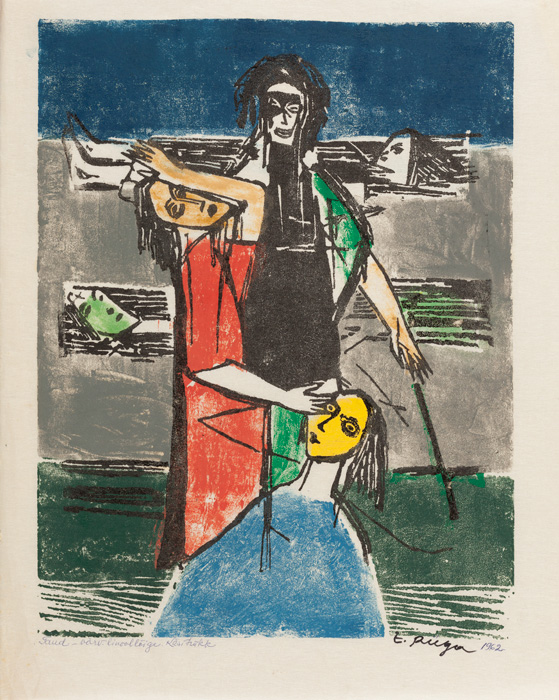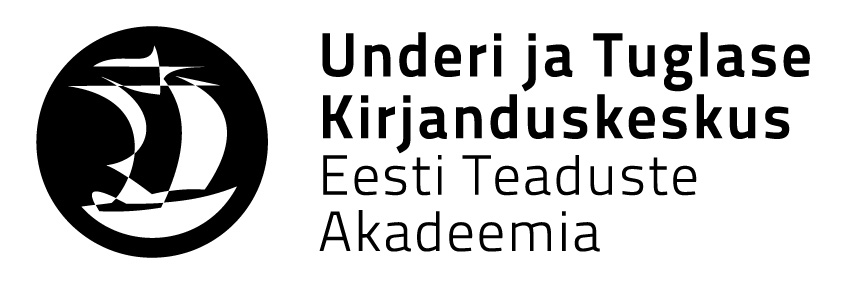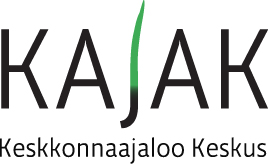Love in the Time of Cholera: Invitation to participate in a webinar on plague

One of the pillars of western literary culture opens with the ravaging of a city by a zoonotic epidemic that causes suffering to both animals and humans. Just as they have not disappeared from real life, infectious diseases and plagues have repeatedly been represented in literature since Sophoclesʼ time. Giovanni Boccaccioʼs The Decameron is framed by the Black Plague of the 14th century; Albert Camusʼ The Plague (1947) has the cholera outbreaks of the 19th century as its background. Thomas Mannʼs novella Death in Venice (1912) is also framed by cholera, and tuberculosis enabled the creation of his The Magic Mountain (1924).
In addition to a rich heritage of folklore on plague and malaria, Estonia has a wealth of literary works concerning infectious disease. Jaan Krossʼ tetralogy Between Three Plagues (1970–1980) is a well-known example. Aadu Hintʼs novel on the fear of leprosy was an important contribution. A. H. Tammsaare, who himself fought tuberculosis, created many characters who suffered from the same disease, as well as the children of Vargamäe who succumbed to diphtheria. In 1916 Friedebert Tuglas wrote a sad, dream-like short story, Kuldne rõngas (The Golden Circle) while staying in Tampere, which was struggling with an outbreak of typhoid fever. We can go on to ask whether August Gailitʼs Purpurne surm (Purple Death) had a basis in the flu epidemic that followed World War I.
In addition to reflecting on contagion in real life, destructive pandemics can be encountered as a fixed trope of dystopic science fiction and fantasy literature. In her work The Last Man (1826), Mary Shelley, founder of the genre of science fiction, articulates a vision of the plague that culminates in global destruction. In science fiction books we can find alien-borne plagues brought from outer space (Michael Crichtonʼs Andromeda, 1969); plagues that have grown out of peopleʼs greed for profit (John Wyndhamʼs The Day of the Triffids, 1951) or infectious diseases deliberately created in the laboratory and precisely timed in their release (Margaret Atwoodʼs so-called MaddAddam trilogy, 2003–2013). One example from recent Estonian science fiction is the wolf disease spread by mutants in Mann Loperʼs work Algus pärast lõppu (Beginning after the End, 2015).
Of course, such rich material has stimulated literary research. Here the classic works are Susan Sontagʼs books of essays, ʻIllness as Metaphorʼ (1978; Estonian translation, 2002) and ʻAIDS and it metaphorsʼ (1989; Estonian translation 2002), on the basis of which generalisations are made regarding the representation of many infectious diseases through literary and social discourses, from the more remote plague to the recent AIDS epidemic. In the recent past discussions on illness and literature have taken place in Estonia, such as the Tammsaare Museumʼs 11th autumn conference, Literature and Illness or Piret Kruuspereʼs research seminar, “Illness as phenomenon and metaphor in the dramaturgy of Madis Kõiv”.
In this webinar, co-sponsored by the Under and Tuglas Literature Center and the University of Tartu Department of Semiotics, we will focus our attention more narrowly on representation of infectious diseases, particularly in epidemic or pandemic form, in literary texts from Estonian and world literature. Most welcome are presentations in which contagion is examined in relation to an urban environment, such as Sophoclesʼ plague-wracked Thebes. Because of the short notice and recent real-life experiences, as well as the fact that the webinar format is not suited to long presentations, we welcome short, 10–15 minute presentations, particularly on lesser-known sources from local and foreign literature and/or reports on research frameworks. Such contributions could be the seed for longer papers and discussions in the future.
The webinar will take place on Wednesday, 10 June 2020.
Please write to us about your topic, your wish to participate, and any questions at the latest by 25 May. We are still in the process of working out the technical side of the webinar, which also depends on the expected number of participants. [There is a tiny hope that some part of the seminar might take place at the Under and Tuglas museum, with participants who are actually present, but we cannot rely on this for sure]
We hope this call for contributions stimulates you to think along with us and participate!
Wishing you a healthy spring season,
Ene-Reet Soovik (ene-reet.soovik@ut.ee)
Elle-Mari Talivee (ellemari@utkk.ee)
Warning: Undefined property: stdClass::$sponsors_title in /data01/virt99046/domeenid/www.utkk.ee/htdocs/wp-content/uploads/cache/ff31c86d54a729eaa705879dc283c3c2984e3764.php on line 160



